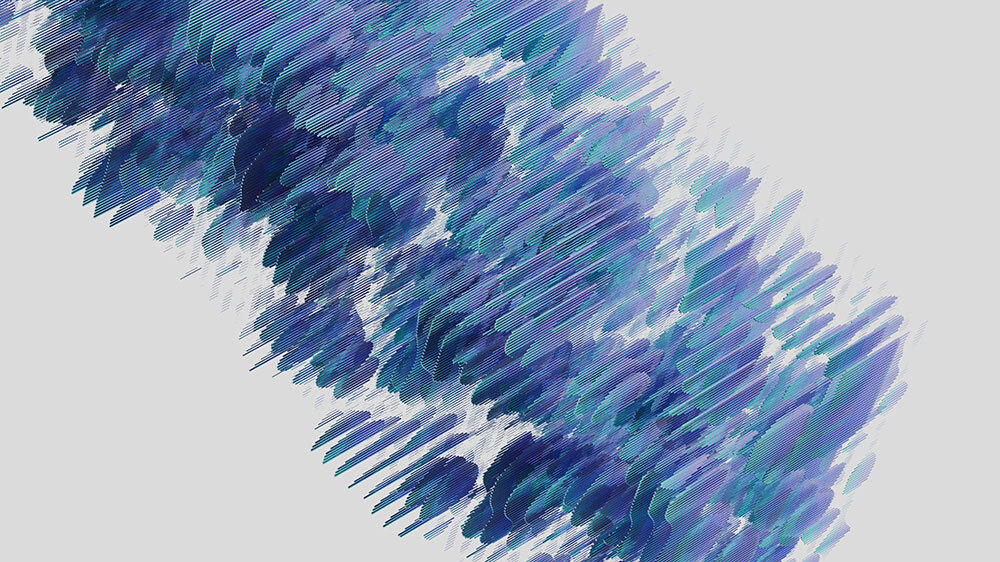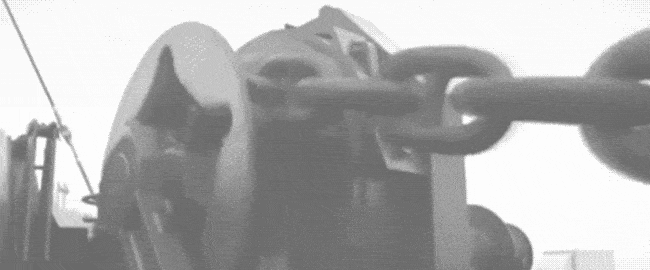
(Deepmind/Unsplash)
Look, the rise of AI-generated images is really cool and fascinating (and additive in the right contexts), but we need to have guardrails on when and how we use those images, or it’s going to cheapen the entire digital experience.
A recent post on the website Search Engine Journal highlights just how dangerous Dall-E 2 can be if used for the wrong purposes. In the piece, author Vincent Terrasi of the firm OnCrawl suggests that site owners should create SEO-optimized AI-based images that can be used to play into the semantic nature of search engines, by creating content that is highly optimized for specific terms—rather than being valuable and unique because it is real.
The nature of search engine optimization is such that copy and design and speed and quality can be used to raise a specific entry in search results. This, in the view of some users, has sacrificed quality in the name of what looks best in the eyes of Google, meaning that you get a lot of articles that encourage sameness over actually offering new information.
A 2021 Google IO presentation on Multitask Unified Model, an AI-driven model that Google uses to extract information from rich media like images, video, and audio.
Images have recently gained additional currency in Google’s world, thanks to the implementation of a new technology called Multitask Unified Model (MUM), which can extract information directly from non-text formats such as images, video, and audio.
As Terrasi notes, there are already strong motivations to optimize images for SEO:
Optimizing your images is a good SEO practice. It notably helps to strengthen your semantic power via keywords and ensures your presence in Google images.
By reading the phrases you associate with your image, search engines can understand its main subject, make sense of it, and therefore use it to position your content in a logical and relevant way for web users.
Now, add in the fact that Google will interpret these images, and all of a sudden, you have a situation where AI is creating highly SEO-optimized images and AI is reading highly SEO-optimized images. Without a whole lot of care, it could lead to people using AI images not for artistic or even commentary reasons, but because Google is more likely to comprehend the value of the AI-based image, which is built from specific prompts, better than the actual image of the thing being portrayed.
Having seen how search engine optimization has worked over the years, this creates a very dangerous precedent long-term. Essentially, it turns using AI images from being a convenience into a motivation, as something built to a heavily-tailored AI term can now be built exactly to the needs of SEO, rather than earning its place on the market.
That may sound a little like a bit of a freak-out, but at the same time, I’ve seen how willing people are to bend the rules to raise their position on search engines, and the underhanded tactics they’ll use. To me, this feels like a genuine concern that engines like Google, Bing, and DuckDuckGo need to be ahead of.
It’s not that AI images can never be used, or that they’ll never have a purpose. It’s that building around specific prompts will likely mean perfectly tailored results—and that could lead to a degradation of image quality on search engines for everyone.
Time limit given ⏲: 30 minutes
Time left on clock ⏲: 2 minutes, 28 seconds


